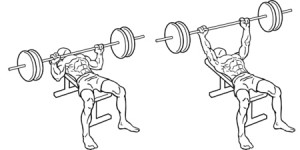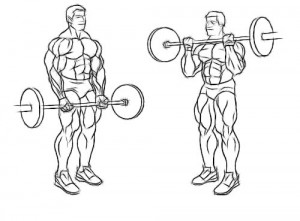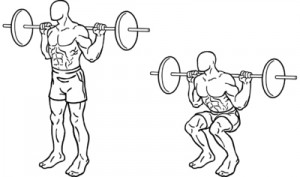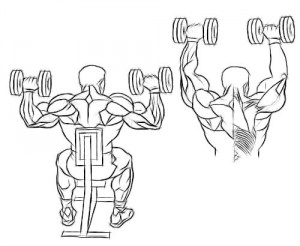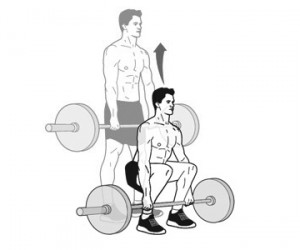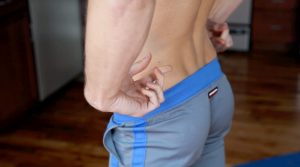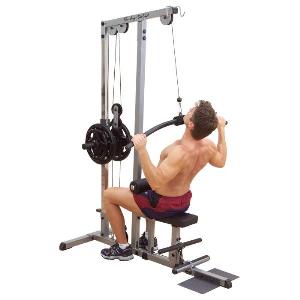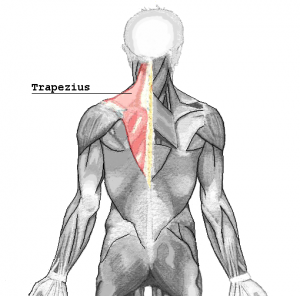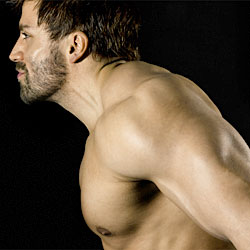 Sure, a strong, thick neck can look great. But it’s also a great way to help guard against injury and enhance performance.
Sure, a strong, thick neck can look great. But it’s also a great way to help guard against injury and enhance performance.
First, it’s worth noting that proper form and supervision is an absolute must. If your necks becomes overstressed and strained, the training can be counterproductive or even dangerous. It’s important to work with a professional and to consult your physician.
If a bigger, thicker and stronger neck is one of your fitness goals, then I recommend shrugs. Though it’s a classic, time-tested exercise, many people cheat their way through it. Here’s how you perform a proper shrug:
- Select a pair of dumbbells that will allow you to do around 8 shrugs. If you can do 15 shrugs, it’s too light to build muscle.
- Grasp a dumbbell in each hand. Stand in an athletic stance with a slight bend in your knees. Your back should be straight and your abs should be engaged. Keep your shoulders back.
- Shrug upwards and backwards as though you were trying to simultaneously touch both shoulders to your ears. When you get to the top of the movement, try to pull your shoulders backwards an extra inch.
- Slowly return to the starting position in a controlled manner. Don’t bounce or let momentum help you into the next repetition.
- Repeat.
- Lastly, make sure you increase the amount of resistance you use over time. If you start with 40 pound dumbbells, go up to 45 and then 50. You need to progressively overload your muscles to increase their size and strength.
Shrugs are great at training your trapezius muscle. It’s the large muscles that spans your neck, shoulders and top of your back. As it gets bigger and more developed, the girth of your neck will increase.
In addition, an exercise called neck curls can be beneficial. To perform neck curls, lie down on a bench. Face upwards, let your neck and head overhang the edge of the bench. Hold a weight plate against your forehead, and curl your neck upward. It’s like performing a crunch with your neck. Go slowly, be gentle and don’t overdo it. It’s not worth risking an injury.
Enjoy!







